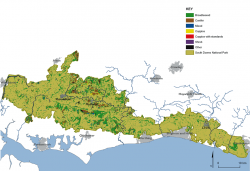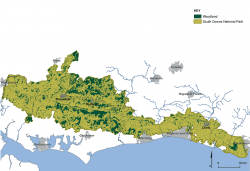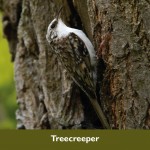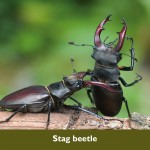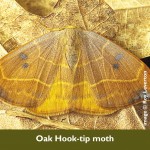
The South Downs National Park has a rich and diverse mix of woodland types; this includes some of the largest yew woodlands in the UK, steep valley sides cloaked in hanger woodlands, large oak and beech woodland complexes and traditional coppice woodland. In all 23 percent of the total park area is covered by woodland, half of this is designated as ancient semi-natural woodland (woodland that has been there continuously for over 400 years). Woodland forms a fundamental part of the character of the South Downs National Park and contributes to the wider national park environment in terms of landscape, biodiversity, recreation, well being, and economic development.
Woodland habitats are recognised for their biodiversity value and often support specialist species such as the barbastelle bat and our native bluebell. There are large areas of ancient woodland, for example, the yew woodlands of Kingley Vale and the magnificent ‘hanging’ woodlands of the Hampshire Hangers.
Resources Toolbox
General Interest
All Ages
EYFS
Ages 1–5
Pre School
Key Stage 1
Ages 5–7
Years 1 and 2
-

Learning outside the classroom in Graffham Infant and Duncton CE Junior
A case study showing how Graffham Infant and Duncton CE Junior Schools have made links with the wider community through Forest Schools. -

Tree Measuring - Outdoor & Woodland Learning, Scotland
How the properties of trees can support progression in numeracy and mathematical skills in particular.
Key Stage 2
Ages 7–11
Years 3, 4, 5 and 6
-

Learning outside the classroom in Graffham Infant and Duncton CE Junior
A case study showing how Graffham Infant and Duncton CE Junior Schools have made links with the wider community through Forest Schools. -

Tree Measuring - Outdoor & Woodland Learning, Scotland
How the properties of trees can support progression in numeracy and mathematical skills in particular.
Key Stage 3
Ages 11–14
Years 7, 8 and 9
Key Stage 4
Ages 14–16
Years 10 and 11



